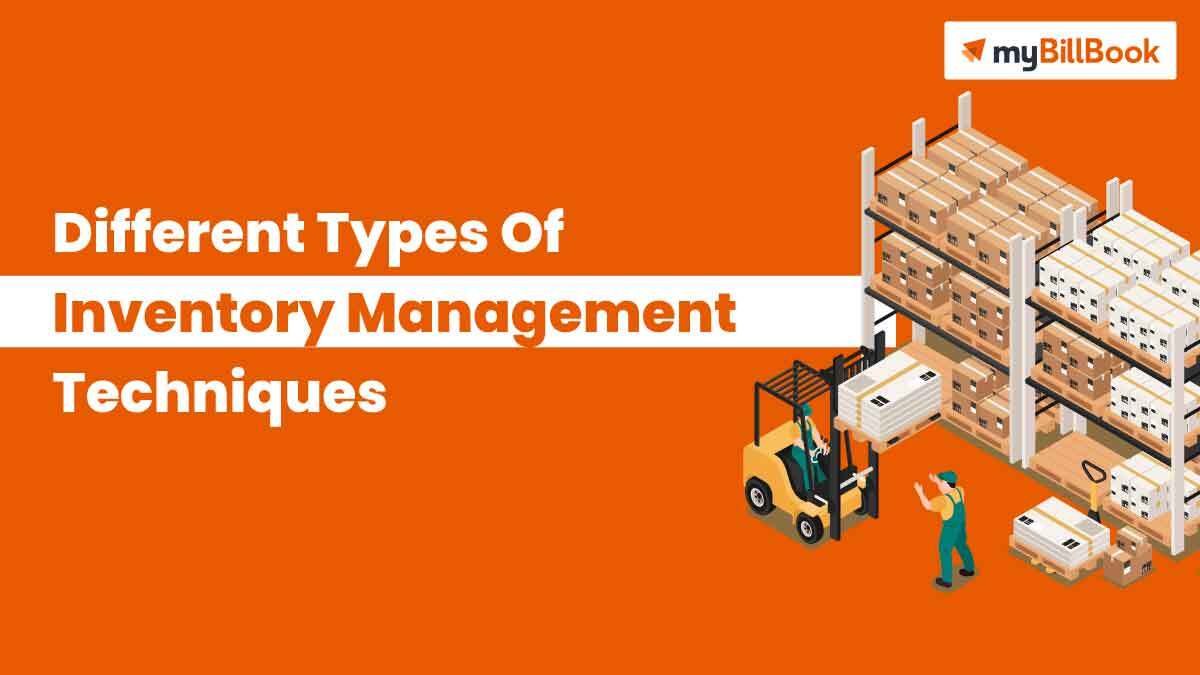The Ultimate Guide to Inventory Management

Or if your company is particularly large, you may want to invest in an inventory management software that features enterprise resource planning (ERP) capabilities. Products you’ve purchased from a vendor that are still working their way through your supply chain? Items used to maintain your business (like cleaning supplies or computers)? And an inventory management system can help you keep tabs on it all. Decoupling inventory are parts, supplies, and finished products that are waiting to be used by the next machine in the chain.
What’s the Right Inventory Level for Finished Goods?
Check out some of our top picks for inventory management software this year. Cycle inventory is a term used to describe the items that are ordered in lot the elevator speech sizes and on a regular basis. Cycle inventories are usually materials which are directly used in the production or they are part of some regular process.
The importance of inventory management
Throughout the fiscal year, properly classifying inventory enables a business to do cycle counts and create accurate reports for more efficient operations. Inventory audits are never fun, whether monthly, quarterly, or yearly, but classification makes them less painful. Stay updated on the latest products and services anytime anywhere.
- Zero inventory is the stock kept on hand by a business practising the zero-inventory strategy.
- Once a raw material is used in any way during production, it’s no longer a raw material.
- If you sell the oldest goods first, you’ll be paying off the oldest purchase order (for those goods) first.
- This is a planning method that considers inventory based on price.
Finished Goods Inventory
Theoretical inventory attempts to balance (equalize) inflow, processing, and outflow rates into one ideal operation. Cycle inventory is a byproduct of economic order quantity theory (EOQ). The more decoupling inventory a business holds in the various stages of production and distribution the less it will have to coordinate to keep everything running smoothly. In a manufacturing environment, very rarely does every machine produce at the same rate.
If you wish to learn more about the inventory management process, then check out this video to get a quick overview of that. In a manufacturing or a trading business, fluctuations and market movements cannot always be predicted. Such changes can have a negative impact on the sales or production process, which can lead to out-of-stock situations.

You’ll be more aware of where your money is tied up, and you’ll be able to make decisions that protect that investment. Inventory analysis allows businesses to assess how much stock to keep on hand to fulfill demand and avoid overstocking too much inventory. Proper inventory classification makes tracking inventory less stressful with properly labeled and stored items that you can prioritize and move efficiently to your customer’s doorstep. QuickBooks Enterprise has all the tools you need to manage your inventory profitably, such as mobile barcode scanning, real-time tracking, and custom reporting. By keeping stock for each manufacturing process segment in reserve, one part won’t slow down or stop the others. In essence, you are decoupling each part of your manufacturing process from each other, so they aren’t dependent on each other to operate.
MRO goods can include things like employee uniforms, cleaning, and office supplies, as well as any materials you use to repair or maintain manufacturing equipment. This inventory type includes any materials your business uses to pack the products you sell. If you make toothpaste, the tube you put the toothpaste in could be classified as packing materials. Any boxes or packaging you use to ship or store your products are packing materials as well. Inventory encompasses all the parts and raw materials a business uses or sells.
But when dealing with inventory, you have to first take a step back before considering ways to streamline your production process. For growing and complex businesses, Enterprise offers intuitive multi-level categorization across warehouses. Businesses can use up to four levels of inventory categorization, allowing users to view inventory by specific categories as well as bulk move items from one category to another. Plus, reduce spoilage and excess inventory by assigning expiration dates to inventory, allowing you to take action with expired inventory reports. By analyzing the inventory that keeps your company profitable, you can improve cash flow, reduce stockouts, and keep customers satisfied. For many businesses, the best inventory management tool is a software platform.
This type of inventory cushion is called safety stock (or buffer inventory). One company’s approach may differ from another depending on its size, business model, and client base. This type of inventory requires additional inventory management systems and tracking, as well as more overhead, transportation, and carrying costs.
Devising the perfect inventory system for your small business can be confusing and time-consuming. However, to keep services free, these platforms usually have to strip down their offerings. Depending on the provider you choose, you may be limited to basic inventory tracking software or be capped at a certain number of sales or purchase orders. Although there are numerous ways to track inventory, the best software will home in on the features you need without bogging you down in useless extras.
Inventory can include raw materials, component parts, work in progress, finished goods, or any packaging. If you can maintain your stock level to meet customer demand, then your business will be successful. What you need to do is determine which of the three major inventory management techniques you’ll use and then how to implement that into your product purchasing and selling. The important part is being familiar with your process and balance sheet. Then you draw meaningful conclusions from your finished product numbers. These are all the items that manufacturers sell to upstream vendors or to retail businesses.
